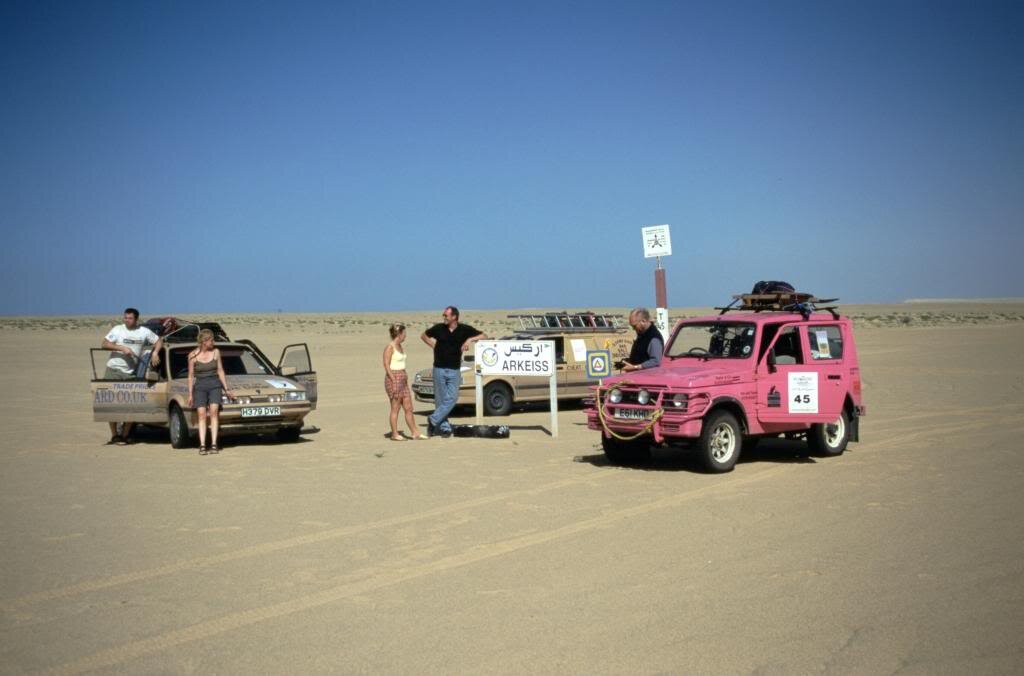Olazz
Well-Known Member
- Joined
- Apr 23, 2010
- Messages
- 1,428
- Country Flag
As my truck has developed over the last 4 years, it has become increasingly heavier with all of the stuff that I thought I needed, to make it an unstoppable overlanding machine. Having just returned from Namibia and having done Van Zyl's Pass, I can attest that monster I've created is truly amazing vehicle. (Everyone said more than a 50mm lift would mean failure/breakage/breakdown etc etc. I have now completed close to 50,000km in the truck and the only failure has been the original rancho shocks.)
Anyway back to the point.... I have always wanted to know the exact weight of the truck when fully loaded and so managed to get the truck to a weighbridge station in SA.
Truck
35" tyres
Rock sliders
260L fuel
75L water
RR
RTT
RT Storage box
ARB front & winch
Double rear carrier & 2 Spares
50l fridge - full
Tools
Clothes
HLJ
Rear drawers
Metal shelving/storage in lieu of rear seats
2 occupants
Odds, sods & kitchen sink
Got the printout from the weight bridge:
Front axle 1,500kg
Rear axle 2,480kg
Total 3980kg.
Passed LEGAL
I had guessed at 4T so was not surprised.
Fuel economy however is not great , 13- 15MPG !
I'm now thinking of ways to shed a bit of weight......
Things I haven't used on any trip
Winch never used
Haven't needed 2 spares
Not needed any of the spares I carry
HLJ could be swapped for a bottle jack
Sliders... didn't need them
Anyway back to the point.... I have always wanted to know the exact weight of the truck when fully loaded and so managed to get the truck to a weighbridge station in SA.
Truck
35" tyres
Rock sliders
260L fuel
75L water
RR
RTT
RT Storage box
ARB front & winch
Double rear carrier & 2 Spares
50l fridge - full
Tools
Clothes
HLJ
Rear drawers
Metal shelving/storage in lieu of rear seats
2 occupants
Odds, sods & kitchen sink
Got the printout from the weight bridge:
Front axle 1,500kg
Rear axle 2,480kg
Total 3980kg.
Passed LEGAL
I had guessed at 4T so was not surprised.
Fuel economy however is not great , 13- 15MPG !
I'm now thinking of ways to shed a bit of weight......
Things I haven't used on any trip
Winch never used
Haven't needed 2 spares
Not needed any of the spares I carry
HLJ could be swapped for a bottle jack
Sliders... didn't need them











